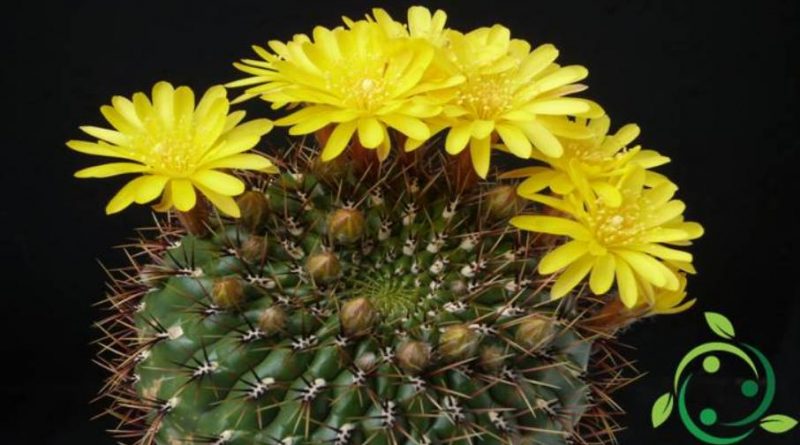How to grow Matucana
How to grow Matucana
The Matucanas are a genus of succulent, spiny plants, whose name is linked to the city of origin which is precisely the city of Matucana, in Peru. They are plants spread all over South America. These cacti are very similar to echinocactus with stems that can have both globular and cylindrical shape; composed of numerous ribs.
Although the matucana is not a very floriferous species, when it emits flowers these sprout at the apex of the plant and are of a beautiful red or yellow color.
Among the most interesting species for cultivation for ornamental purposes we recall:
– Matucana aurantiaca; with stems of a beautiful bright green and short thorns of yellow color;
– Matucana aureiflora; it is a large plant, with unusually golden flowers that remain open day and night;
– Matucana comacephala; plant with cylindrical and long stems and thin white thorns;
– Matucana haynei; with white and thin spines, darker at the apex and irregular areolas all along the stem;
– Matucana oreodoxa; small, globular plant with an intense green stem and few areolas that carry three fragile spines.
In this card we will see how to grow Matucana following the most suitable agronomic tricks for this kind of plants.
For the cultivation of this plant it is necessary to start from the choice of the position; like many cactaceae the matucana needs very sunny and bright positions, even under the direct rays of the sun, as they do not fear sunburn.
In winter, instead, they must be kept indoors, as they fear the cold very much, and to obtain a better flowering it is necessary to carry out vernalization, ie to guarantee a certain period of time at temperatures that are not too high, around 10 ° C, for this reason it is it is preferable to store them in a greenhouse rather than at home, or in a bright, unheated room.
As far as the substrate is concerned, it is always necessary to prepare light soils with a large sandy base, with the addition of 20-30% of medium-textured soil, 20% of small gravel and, at the time of planting, 15% of organic matter well humified. At the bottom of the pot and on the surface it will be necessary to place very large gravel to improve drainage, for that placed at the base and to protect the substrate from excessive soil temperatures that placed on the surface. This composition will put you in greater safety from the onset of radical rot.
In summer add fertilizer for cactuses every 15-20 days to the water used for watering.
We see the irrigation supplies. During the vegetative period, generally from April to October, it is good to give water in good quantity, always waiting for the soil to dry between one watering and another. In the cold period it is good to suspend almost all the waterings, supplying water about once a month, or even less.
For the multiplication of Matucana you can start from the seeds. from the ripe fruits the seeds are picked up and sown fresh in a mixture of sand and peat in equal parts, to be kept moist, in a not very sunny place, until germination took place; the seedlings should be repotted the following spring, or even during the winter if growth permits. If desired they can be kept until the following year, to sow them in the spring; It is a good idea to add a fungicide to the seeds, to avoid the formation of molds that would make the seeds unusable.
Among the adversities, in addition to the problems of rot, common to all succulent plants, if you irrigate incorrectly or make a mistake the composition and drainage of the substrate, we remember the aphids and the scale insects. For this reason the fertilizer to be administered must not have high contents of nitric nitrogen which would favor these infestations.

